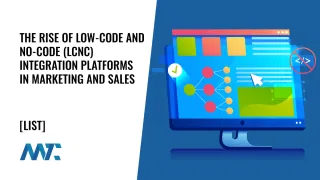A development approach that allows users to build software applications with minimal or no hand-coding. The goal of LCNC platforms is to democratize software creation, enabling both technical and non-technical users to design, automate, and deploy applications faster than traditional development methods.
Low-code platforms offer a graphical interface that enables developers to drag and drop components, define workflows, and integrate systems using pre-built logic blocks or API connectors. They still allow for custom scripting when needed, providing professional developers with the flexibility to extend functionality. In contrast, no-code platforms eliminate the need for programming, relying entirely on visual configuration and rule-based logic so business users can build tools independently.
This movement has gained momentum as organizations seek to accelerate digital transformation and reduce their reliance on scarce developer resources. LCNC platforms help bridge the gap between business and IT teams, allowing rapid prototyping, faster iteration, and quicker deployment of digital solutions. They also reduce maintenance overhead, as updates can be made visually without requiring the rewriting of large portions of code.
While LCNC systems dramatically speed up delivery, they still require careful governance to prevent issues such as application sprawl, security risks, and data silos. The most effective implementations occur when these platforms are integrated into a broader development and IT strategy, striking a balance between agility and oversight.
In essence, LCNC represents a paradigm shift in software creation… empowering broader participation in the development process while maintaining the rigor needed for enterprise-grade systems.
